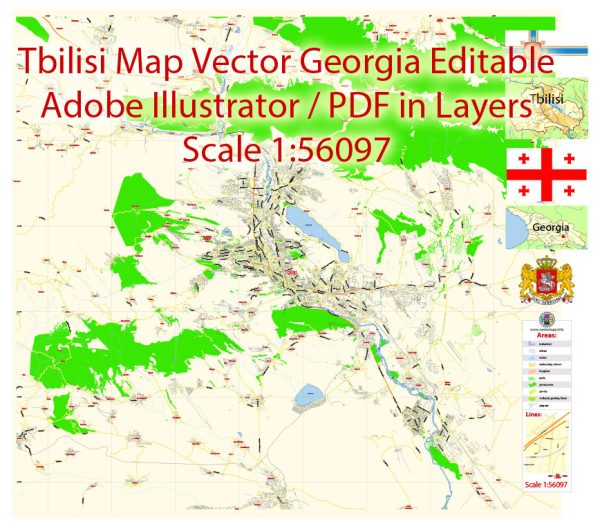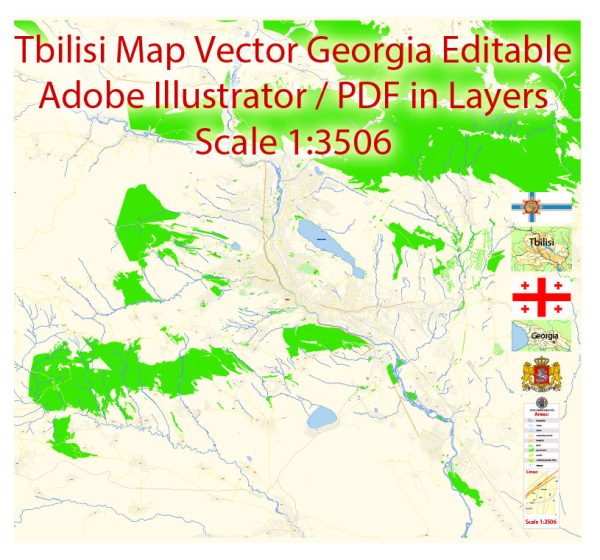Tbilisi, the capital and largest city of Georgia, has a rich history of urban development that spans many centuries. The city is situated at the crossroads of Eastern Europe and Western Asia, and its strategic location along trade routes has played a significant role in shaping its history and urban character.
- Ancient Period: Tbilisi’s history dates back to the 5th century AD, and it has been inhabited since ancient times. The city’s name is derived from the Georgian word “tbili,” meaning warm, due to the numerous sulfuric hot springs found in the area. Throughout antiquity, Tbilisi was ruled by various empires, including the Persian, Roman, Byzantine, and Arab empires.
- Medieval Period: Tbilisi became the capital of the Kingdom of Iberia in the 6th century and later served as the capital of the unified Kingdom of Georgia. During this period, the city developed as a center of trade, culture, and religion. The Old Town of Tbilisi, with its narrow winding streets and traditional Georgian architecture, reflects the medieval character of the city.
- Persian and Ottoman Rule: In the 17th century, Tbilisi came under Persian rule, and later, in the 18th century, it was invaded by the Ottoman Empire. These periods of foreign domination had a lasting impact on the city’s architecture and cultural influences.
- Russian Empire and Soviet Era: Tbilisi came under Russian control in the 19th century, leading to the incorporation of Georgia into the Russian Empire. The city continued to evolve with the introduction of European architectural styles. In the 20th century, Tbilisi underwent significant changes during the Soviet era, with the construction of modernist buildings and the implementation of Soviet urban planning principles.
- Post-Soviet Independence: Following the dissolution of the Soviet Union in 1991, Georgia gained independence, and Tbilisi became the capital of the newly formed Republic of Georgia. The city faced economic challenges during the early years of independence, but in the 21st century, it has experienced a revitalization with the restoration of historical landmarks, the development of modern infrastructure, and an influx of tourists.
- Contemporary Development: Today, Tbilisi is a vibrant and cosmopolitan city that blends its ancient roots with modern influences. The cityscape features a mix of architectural styles, from medieval churches and fortresses to Soviet-era structures and contemporary buildings. The urban development of Tbilisi continues, with ongoing efforts to preserve its historical heritage while embracing modernization.
Tbilisi’s history of urban development reflects the diverse cultural influences that have shaped the city over the centuries, making it a unique and dynamic metropolis in the South Caucasus region.



 Author: Kirill Shrayber, Ph.D.
Author: Kirill Shrayber, Ph.D.